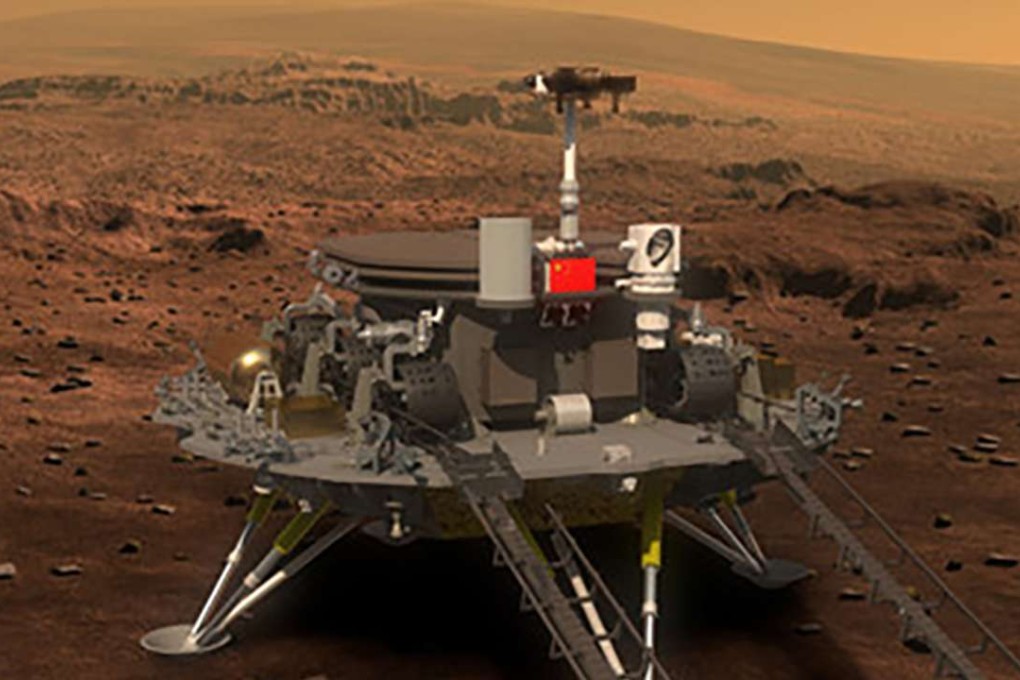Advertisement
Update | China unveils designs for orbiter, lander and rover for its first unmanned mission to Mars
Spacecraft will explore structure of the Red Planet, but chief designer admits huge technical challenges will have to be addressed before mission is launched
Reading Time:2 minutes
Why you can trust SCMP

China has given the first detailed look at the technology of its Mars mission, which it hopes to launch in 2020.
Images depicting the orbiter, lander and rover were released to the public on Tuesday, four months after the mission was announced, according to China National Radio.
Advertisement
The goal is to study the planet’s features, including its soil, environment, atmosphere and the interaction of any water and ice the probe found, Zhang Rongqiao, the chief designer, was quoted as saying at a press conference.

Advertisement
China has made rapid strides in recent decades towards becoming a superpower in space exploration. It put the Chang’e 3 lander on the moon three years ago and deployed the Jade Rabbit rover, but its three-month mission was quickly cut short when the vehicle suffered mechanical problems.
Advertisement
Select Voice
Choose your listening speed
Get through articles 2x faster
1.25x
250 WPM
Slow
Average
Fast
1.25x